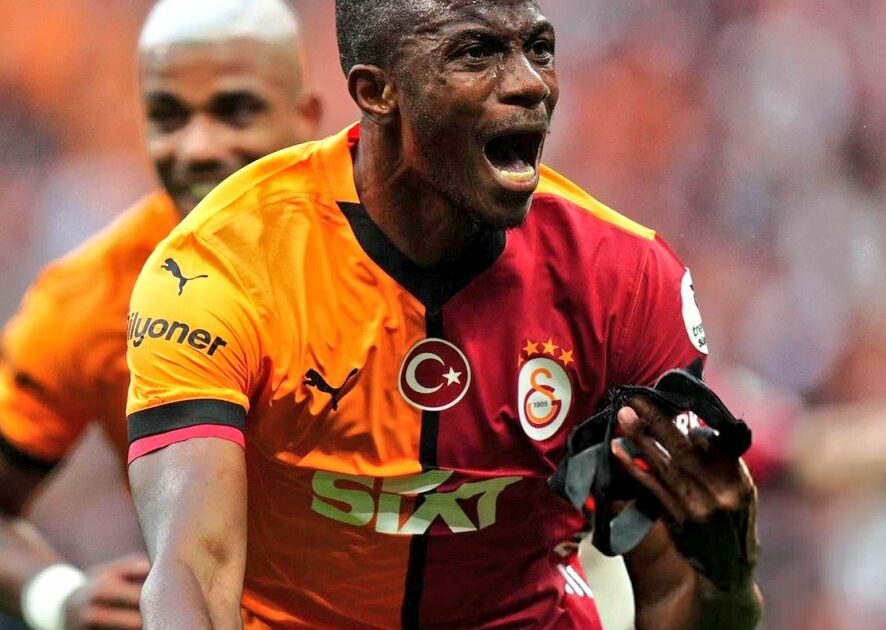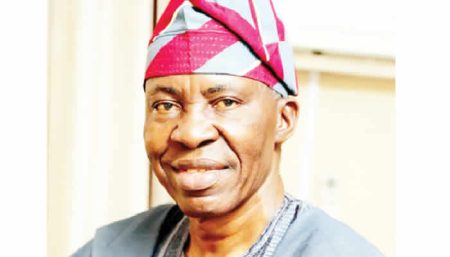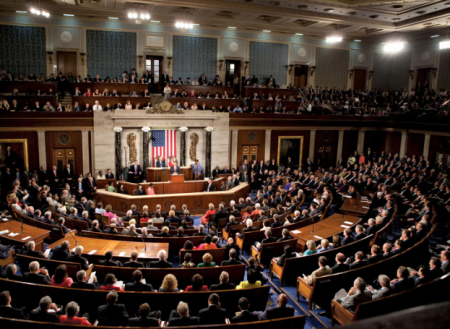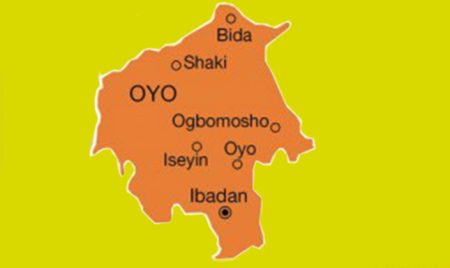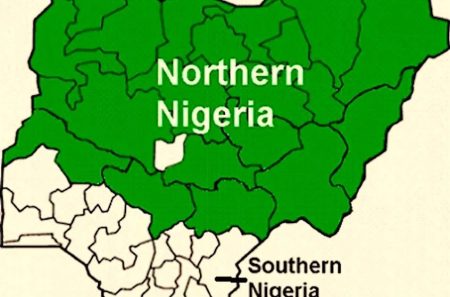Victor Osimhen, the prolific Nigerian striker currently dazzling the Turkish Süper Lig with his goal-scoring prowess for Galatasaray, finds himself at the center of a transcontinental tug-of-war. While the allure of a staggering £15 million per season contract with Saudi Arabian champions Al-Hilal beckons, the fervent pleas of Galatasaray’s devoted fanbase echo across the globe, culminating in a heartfelt appeal splashed across a Times Square billboard. This dramatic display of affection, featuring the simple yet powerful message “Stay With Us”, is a testament to Osimhen’s impact on the Turkish club and the desperation of their supporters to retain their prized asset. Despite these emotional outpourings, the lure of Saudi Arabia’s burgeoning football scene, coupled with the financial incentives, appears to be swaying Osimhen towards a lucrative move to the Middle East.
The unfolding saga highlights the increasing financial muscle of Saudi Arabian clubs in the global football market. Their ability to offer eye-watering salaries is attracting some of the world’s top talents, challenging the established dominance of European leagues. For Osimhen, the proposed three-year contract with Al-Hilal represents a significant financial leap, a temptation that seemingly outweighs the emotional connection he has forged with Galatasaray’s passionate supporters. This financial disparity underscores the evolving landscape of football, where the financial clout of emerging markets is reshaping the dynamics of player transfers and challenging the traditional hierarchy of footballing powerhouses.
Galatasaray fans, however, remain undeterred in their efforts to persuade Osimhen to stay. Their campaign, aptly hashtagged #staywithus, has transcended geographical boundaries, extending from the bustling streets of Istanbul to the iconic billboards of Times Square. Their next planned gesture involves a breathtaking spectacle: 5,000 drones illuminating the night sky above the Ali Sami Yen Rams Park, forming a portrait of their beloved striker. This grand display of devotion is a testament to the powerful bond between a club and its supporters, and the lengths they will go to retain their star players. It also showcases the increasing creativity and sophistication of fan campaigns in the digital age.
Despite these passionate appeals, the wheels of the transfer appear to be in motion. Reports suggest that Osimhen is in advanced negotiations with Al-Hilal, with personal terms nearing agreement. Al-Hilal’s president, Fahad bin Nafel, has reportedly received verbal confirmation from Osimhen of his desire to join the Riyadh-based club, further solidifying the likelihood of the transfer. This development underscores the power of personal ambition and financial incentives in the modern football world, often overriding emotional ties and fan loyalty.
However, a crucial element remains in play: the approval of the Saudi Arabian Ministry of Sports. The transfer’s completion hinges on the ‘financial viability’ committee releasing the necessary government funds to finalize the transaction. This governmental oversight adds a layer of complexity to the proceedings, illustrating the intricate web of financial regulations and political considerations that often underpin high-profile football transfers. Until this bureaucratic hurdle is cleared, the transfer remains in a state of limbo.
The Osimhen transfer saga encapsulates the changing landscape of modern football. It highlights the growing financial power of emerging markets, the increasing sophistication of fan campaigns in the digital age, and the complex interplay of personal ambition, financial incentives, and bureaucratic processes that drive player transfers. While Galatasaray fans continue their heartfelt appeals, the reality remains that Osimhen’s move to Al-Hilal appears increasingly likely, barring any unforeseen complications from the Saudi Arabian Ministry of Sports. The final outcome will undoubtedly shape the narrative of the upcoming season, both for Galatasaray and the Saudi Pro League. It also serves as a compelling case study of the evolving dynamics of the global football market.





